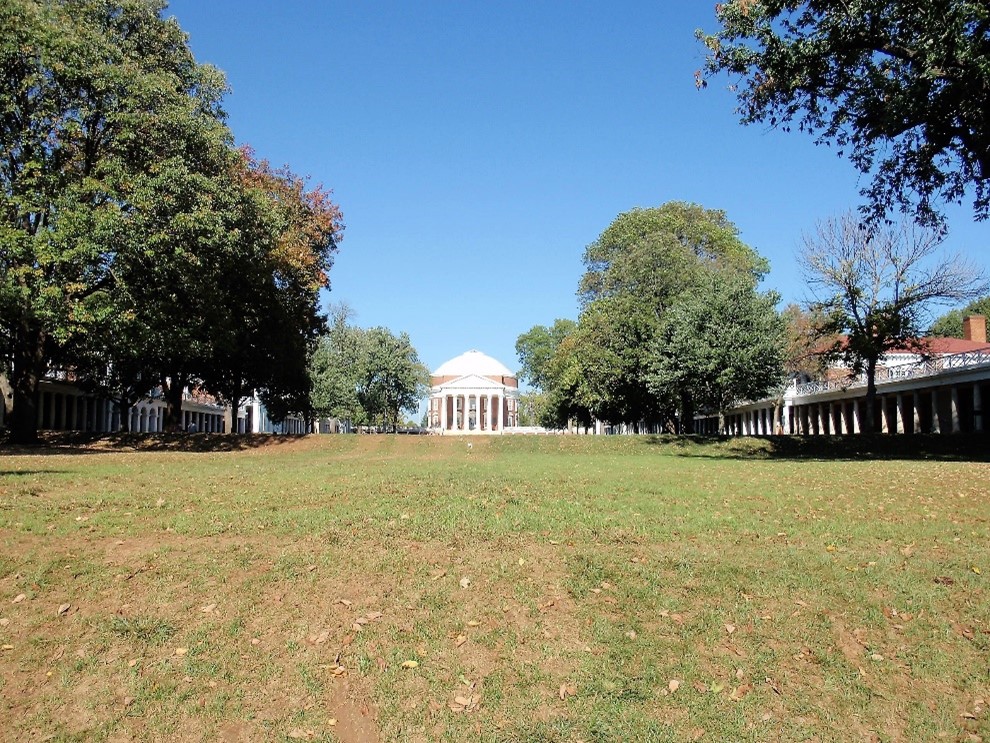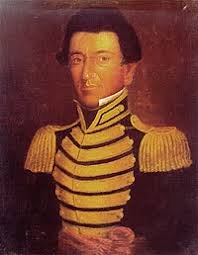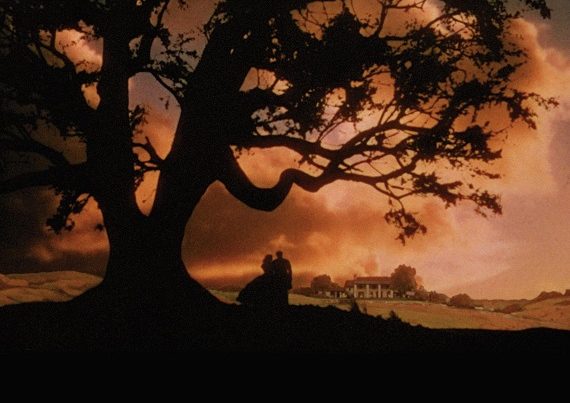In a prior essay, “Thomas Jefferson’s Prophetic Anti-City Sentiments” (Abbeville), I wrote about Jefferson’s dislike of cities—the larger, the worse. In this essay, I discuss his plan making cities healthy—viz., if there must be cities, Jefferson’s plan for what we can do keep corruptions from them.
Yellow fever, in 1793, struck Philadelphia, then the capitol of the United States. There were over 5,000 deaths in a period of four months—the capitol of the young nation at the time—and caused some 20,000 of its inhabitants to flee the city, with over 50,000 inhabitants. Of the event, Jefferson says in a letter years later to Dr. Benjamin Rush (23 Sept. 1800), “Providence has in fact so established the order of things, as that most evils are the means of producing some good.” The yellow-fever outbreak will discourage the growth of great cities—which are “pestilential to the morals, the health and the liberties of man”—in America. The sentiment seems heartless, and many scholars have said that, but Jefferson was always anticity and pro-agrarian. Nonetheless, the devastation led him, ever contriving, to formulate a plan.
Jefferson proposes in a letter to Comte de Volney (8 Feb. 1805) “the chequer board for a plan” for building in towns to discourage diseases by making a town similar to the country and “insusceptible of the miasmata which produce yellow fever.” The checkerboard design—with buildings on each of the four sides of one square and an open squared space on each side of the buildings—was likely something Jefferson had in mind since his days in Paris, when he observed innovations in the design, function, and placement of hospitals to help the sick (see, e.g., TJ to David Humphreys, 14 Aug. 1787). Jefferson begins with a lengthy account of the “peculiar character” of yellow fever in his letter to Volney and then turns to prophylaxis:
I have supposed it practicable to prevent it’s generation by building our cities on a more open plan. take for instance the chequer board for a plan. let the black squares only be building squares, and the white ones be left open, in turf & trees. every square of houses will be surrounded by four open squares, & every house will front an open square. the atmosphere of such a town would be like that of the country, insusceptible of the miasmata which produce yellow fever.
Jefferson adds, in the letter to Volney, that the checkerboard plan is being considered for extensions of New Orleans. The governor of Orleans Territory, William C.C. Claiborne, wrote Jefferson (30 Aug. 1804) of “the score of elegance and comfort … of health” of its design. Claiborne said he would “spare no pains to impress its excellencies on the minds of those Citizens, whose influence will be seviceable.” Claiborne’s assurances notwithstanding, there is no evidence that the influential citizens of New Orleans ever seriously entertained the Jeffersonian grid for its extensions.
Consider also an exchange of letters between Jefferson and William Henry Harrison, future president of the United States. Harrison has designed a new town, Jeffersonville, Indiana, in the manner of Jefferson’s checkerboard grid.
In reply to a letter written by Harrison to Jefferson (6 Aug. 1802), Jefferson writes (27 Feb. 1803): “When I had the honour to see you in Philadelphia in the Spring of the year 1800 you were pleased to recommend to me a plan for a Town which you supposed would exempt its inhabitants in a great degree from those dreadful pestilences which have becomes so common in the large Cities of the United States.” Harrison, as governor, had the opportunity “to designate the seats of Justice for the Counties.” He “fixed upon a spot where there had been no town laid out,” and there “a Town has been laid out with each alternate square to remain vacant forever.” Of course, the alternate square of Jeffersonville did not “remain vacant forever.” The open spaces, seen as land wasted, were soon filled, and the experiment of healthy urban living could never be tested.
Jackson, Mississippi, too was to be laid out in a Jeffersonian checkerboard. “By varying street widths, reserving large sites for important buildings, and providing a connecting street to link these locations,” writes John Reps in “Thomas Jefferson’s Checkerboard Towns,” “the planners of Jackson improved markedly on the layout of Jeffersonville.” Once again, the temptation to fill the empty spaces proved too great. “The effect of the original pattern has been totally and irretrievably lost.”
Outside of the hoped-for health benefits, Jefferson’s checkerboard, an innovatively simple geometric design, if actualized, would function to ruralize towns by impeding and discouraging the growth of towns. As there were sometimes natural geographical limits to the expansion of a town, the checkerboard grid would in effect make only half of the vacant land available for buildings. That would militate against growth of towns into cities and encourage instead growth of numerous small towns within a state.
Sums Reps of the two opportunities squandered, “It is one of the tragedies of our urban history that the game was not played out under proper rules on the checkerboard of Thomas Jefferson.”
The University of Virginia, years later, was also constructed with an eye to the health of its students, faculty, and other employees. In planning out the university, Jefferson was assisted by the architects William Thornton and Benjamin Latrobe. Instead of there being a large, single building in the manner of the College of William and Mary of his day, there were on the Lawn, open and 200 feet in length, five two-story pavilions on the east, and parallel to them, five two-story pavilions on the west—each pavilion to house a professor, who would live on the second floor of the pavilion and teach on the first floor. Conjoining the pavilions were dormitories for students. Linking the pavilions and dormitories were covered walkways. Connecting the pavilions to the north was the Rotunda, a large and domed building—which functioned as the library as well as an observatory of the university and housed laboratories and lecture halls—where a church might have been, and “on the principle of the Pantheon,” but one-half its spherical diameter, says Mary Woods. To the rear of the pavilions and dormitories, there were spaces for gardens, separated by single-brick serpentine walls.
The overall shape, as seen from the south, was a Π (the Greek pi), with the south end left open for ventilation, to offer a spectacular view of the mountains, perhaps suggestive of nature yet to be tamed, and if needed, to allow for additional construction at some future date.
The Π-shape design was adopted for several reasons. Among the chief reasons, there were health and safety. Jefferson was well aware of the potential for illness and the possibility of devastation through fire, when all persons were housed in one large building, as was the case in what is now the Wren Building at William and Mary College. “large [sic] houses are always ugly, inconvenient, exposed to the accident of fire, and bad in cases of infection,” says Jefferson to Virginia politician Littleton Walker Tazewell (5 Jan. 1805). “a plain small house for the school & lodging of each professor is best.” He adds, “an University should not be a house but a village.” To American politician Hugh L. White (6 May 1810), “Much observation and reflection on these institutions have long convinced me that the large and crowded buildings in which youths are pent up, are equally unfriendly to health, to study, to manners, morals and order.” To Virginian Governor Wilson C. Nicholas (2 Apr. 1816), Jefferson says, “This village form is preferable to a single great building for many reasons, particularly on account of fire, health, economy, peace and quiet.” Architectural historian Mary Woods maintains that the design might have been thought to contribute to safety because it “solve[d] the question of maintaining order among its various residents.”
Such illustrations wonderfully show that, for Jefferson, that art is best which is not only beautiful, but maximally useful. Jefferson’s preference for architecture to any of the fine arts like sculpture and painting is its serviceability for human needs. That architecture is best which not only provides a model of human utility, but also takes fully into consideration human health and human safety.







It’s strange how some humans find the lure of cities compelling. They’re the same one who say the world is overpopulated.
Jefferson would have found the studies on “behavioral sink” to support his beliefs.
I do not mean to decry Mr. Jefferson whose intellect and morals are (mostly) without reproach. But I do wish to point out to anyone trying to “cure” the human condition that NOTHING of, for and by man INCLUDING governments, cities, farms etc. etc. etc. is immune to the morality of those involved in creating and/or existing within them.
It’s really rather simple, all told. Good ingredients lead to a good result; bad ingredients lead to a bad result and a mix of the two eventually leads to that mix going further and further “bad.” Things tend not to get better in this moral existence. Nowhere is this more evident than in this nation today. We probably still have more good people than bad, but that situation is rapidly changing mostly as a result of the bad gaining more and more power. Power seldom goes to the good. I don’t know whether that’s because power itself is corrupting a la Lord Acton or if it is just the nature of existence that things decay. But we have to seriously avoid trying to “cure” problems by focusing on the matrix in which those problems exist. The only “ingredient” that makes something better or worse is the ingredient known as men (and women, of course) from which all that is both good and bad comes into existence. Focusing on anything else is akin to rearranging deck chairs on the Titanic.
And greedy developers seek redress through the courts when their plans are blocked. We have deer in North Georgia running on the streets and the designers won’t be happy until all the trees are gone. I see now they are cutting a path into the tree lines and building houses so far back along a narrow line that one would never know they are there. Jefferson would not take kindly to what is taking place. And the open border I’m sure brings dollar signs to their geedy eyes.